News
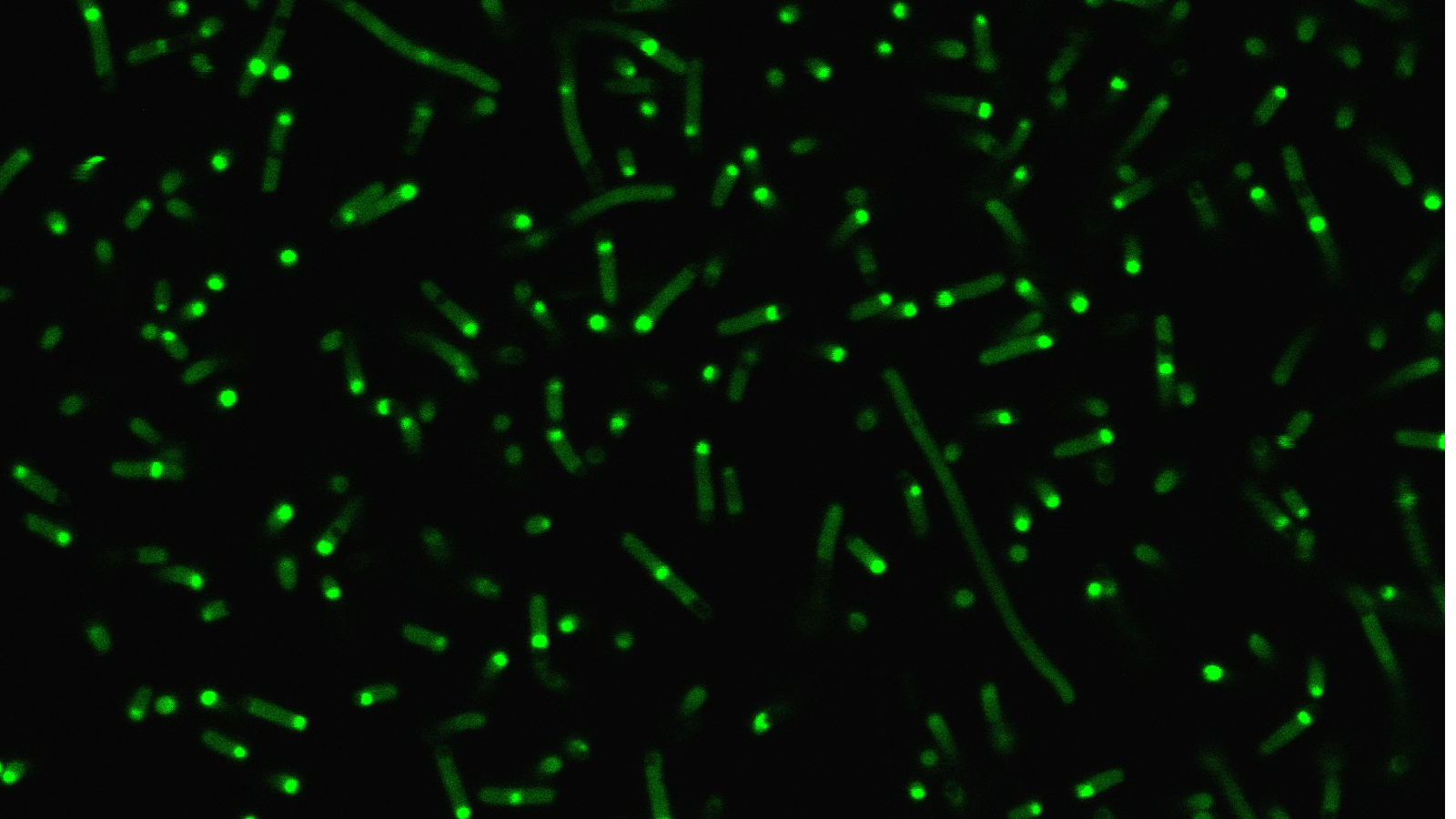
August 03, 2020 | Duke Engineering
Researchers Create Artificial Organelles to Control Cellular Behavior
New form of synthetic biology for controlling cellular behavior uses intrinsically disordered proteins
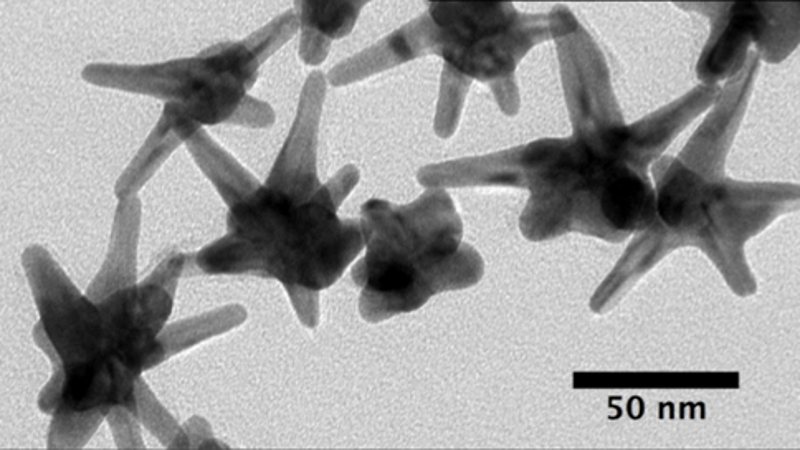
July 21, 2020 | Duke Engineering
Silver-Plated Gold Nanostars Detect Early Cancer Biomarkers
New optical sensing platform can detect genomic cancer biomarkers directly in patient tissues
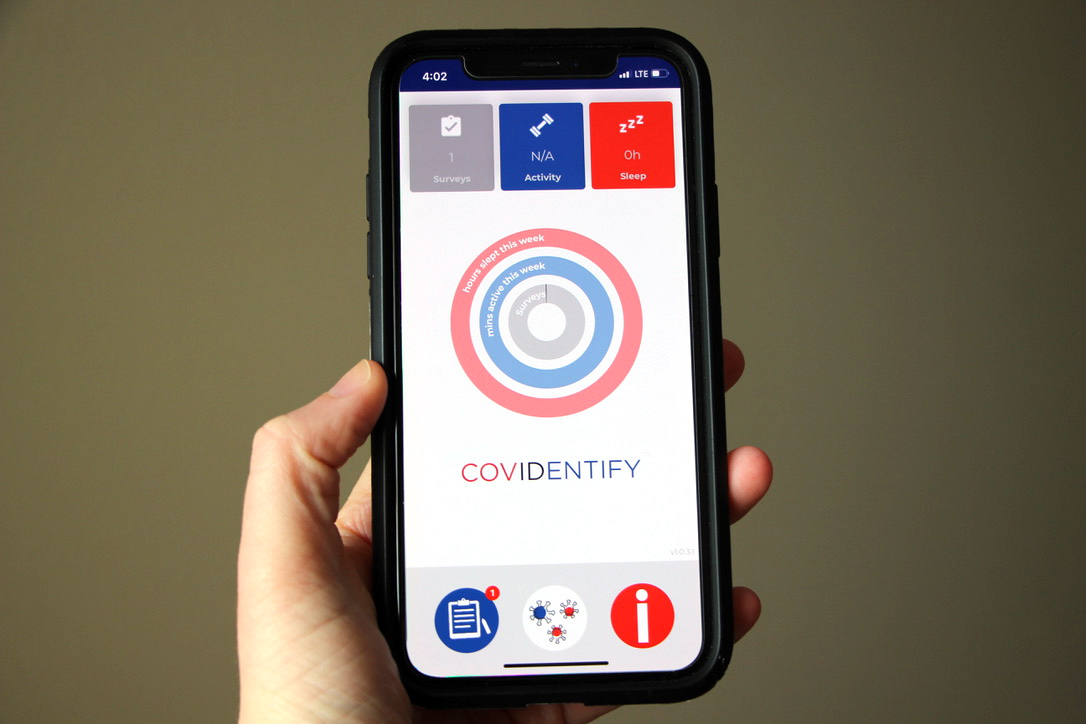
June 12, 2020 | Duke Engineering
'Covidentify' Adapts to Address a Changing Pandemic
Smart watch study expands by providing devices in underserved areas

May 18, 2020 | Duke Engineering
‘Vortex Microlaser’ Encodes Information in Twisting Beams of Light
Engineers develop first tunable, chip-based vortex microlaser and detector, providing a new route to increasing the bandwidth of fiber optic communications

May 14, 2020 | Duke Engineering
Retinal Texture Could Provide Early Biomarker Of Alzheimer’s Disease
New imaging technique combines two technologies to spot early warning signs of Alzehimer’s disease in mice
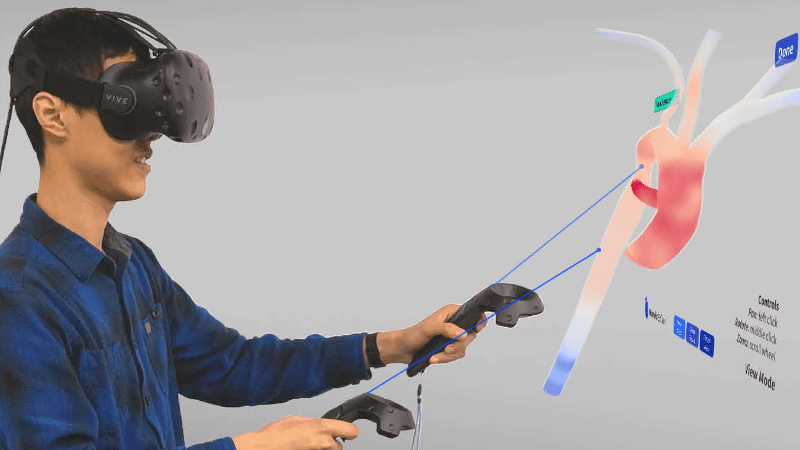
May 13, 2020 | Duke Engineering
Virtual Reality Blood Flow Simulation To Improve Cardiovascular Interventions
3D interface provides cellular-level, full-body blood flow modeling to study and treat cardiovascular disease

May 12, 2020 | Duke Engineering
Silver Nanocubes Make Point-of-Care Diagnostics Easier to Read
Researchers use plasmonics to enhance fluorescent markers in lab-on-a-chip diagnostic devices

May 11, 2020 | Duke Engineering
Inexpensively Locating Friendly (and Unfriendly) Radio Waves
Passive method for locating and characterizing radio waves could lead to cameras that can capture images using ambient radio waves
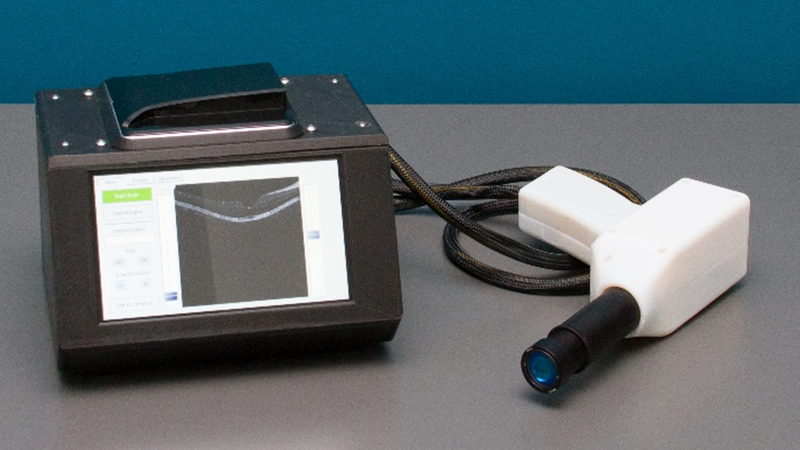
June 28, 2019 | Duke Engineering
Low-Cost Retinal Scanner Could Help Prevent Blindness Worldwide
Re-engineered device offers clinically accurate eye scans at a fraction of the cost

June 19, 2019 | Duke Engineering
Ramanujam Receives 2019 Social Impact Abie Award
Award recognizes a woman whose work is making a positive impact on women, technology and society, and who has developed technology that caused social change
